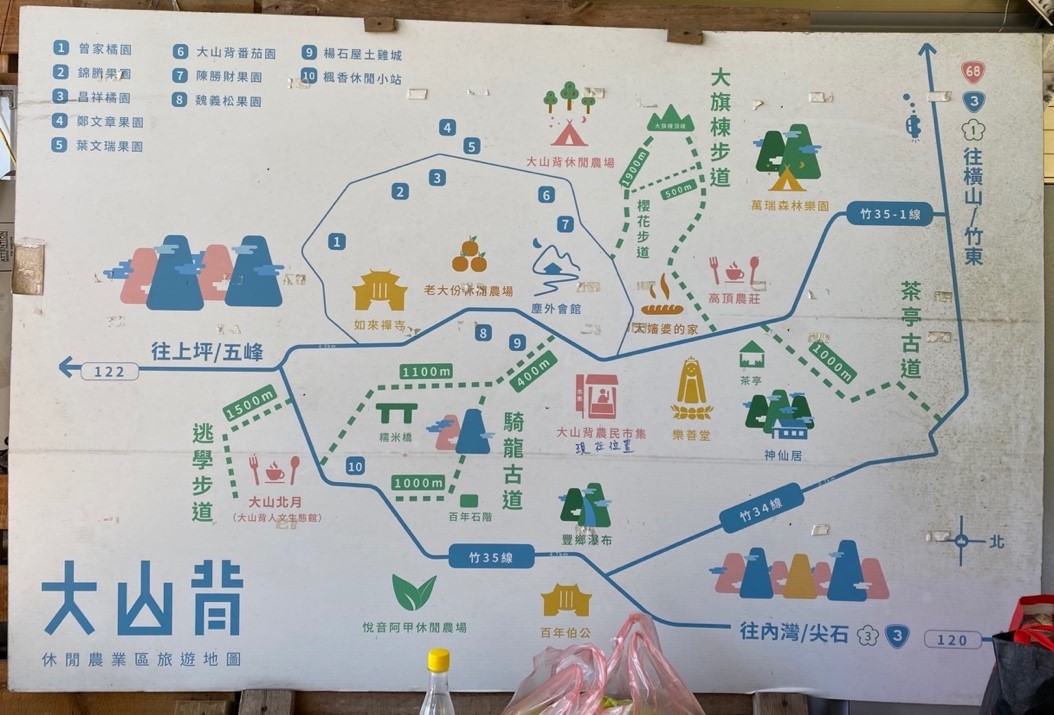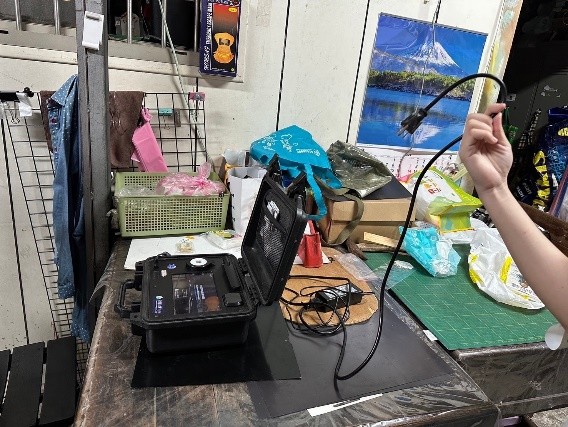首頁 » Courses » College of Electrical Engineering and Computer Science » Department of Industrial and Systems Engineering
Systematic Innovation
- Instructor: CHIU, TIEN- TING
- Service Recipients: Residents of Fengxiang Village (Dashanbei) and Tianliao Village in Hengshan Township, Hsinchu County
- Course Description: This course involves identifying local development, industry, cultural, and urban-rural needs to design customized cultural tourism activities. In collaboration with Taoyuan City Fudan High School and the Tianliao Community Development Association, the program organizes the “Community Care Activity – Little Farmers Experience Camp” for students of Tianliao Elementary School and Hengshan Elementary School. The activity encourages children to step into the fields and experience traditional rural culture through activities such as rice planting, fertilizing, and harvesting.

Quality Control Laboratory
- Instructor: TAI, SHU-HSIEN
- Service Recipients: Carpenter’s Home Care Association, Taoyuan City
- Course Description:
This course forms a quality improvement team through Quality Control Circle (QCC) activities and follows the QC Story steps and seven quality tools to enhance the clothing recycling process at “Carpenter’s Home.” By analyzing execution times for beginners, the team sets improvement goals, uses a fishbone diagram to identify root causes, and develops corresponding strategies. The team also creates a visual SOP (Standard Operating Procedure) guide to explain usage methods and steps.


